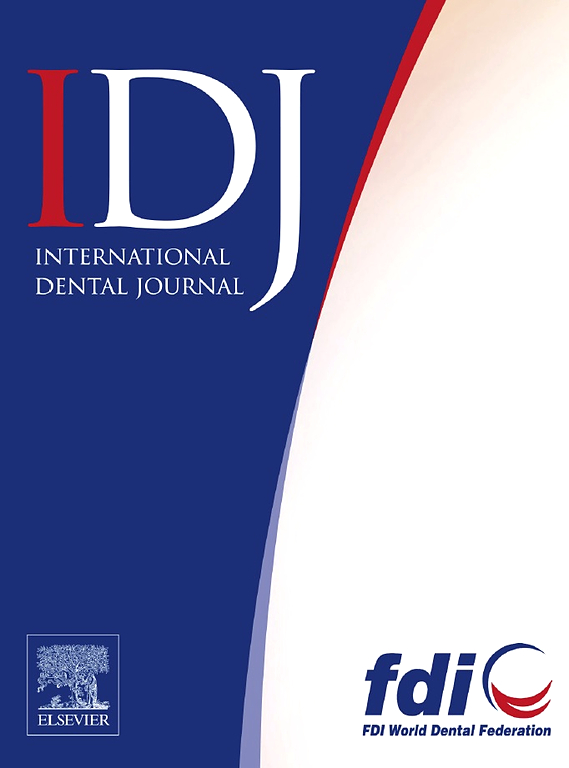Mycobiology of Dental Unit Water: A Systematic Scoping Review
IF 3.2
3区 医学
Q1 DENTISTRY, ORAL SURGERY & MEDICINE
引用次数: 0
Abstract
Fungi present in Dental Unit Water (DUW) can pose a health hazard to patients and dental personnel. Yet, the issue of fungal contamination of DUW and their conduits, DUW Lines (DUWLs) has been poorly addressed despite a growing body of data on the subject. In this comprehensive review, we aim to address this gap by examining the diverse fungal contaminants found in DUW, the challenges associated with controlling their growth within waterline biofilms, and the various measures employed for fungal decontamination. The review underscores the intricate fungal ecosystems that exist within DUWLs and emphasizes the importance of implementing targeted antimicrobial strategies to uphold waterline hygiene. However, it is important to note that complete eradication of fungi in DUWLs has proven elusive, even with the application of disinfectants at varying concentrations, types, and frequencies. This highlights the pressing need for continued research efforts to develop new and optimized treatment protocols that are specifically tailored to eradicate fungi from DUWLs. Finally, it was notable that there are currently no specific regulations by any dental authority on permissible levels of fungi, as opposed to bacteria, in DUWLs. Legislation developed based on our findings can contribute to the standardization of practices and the formulation of effective control strategies for fungal contamination in DUWLs. It can also guide dental professionals in implementing regular monitoring, proper maintenance, and targeted disinfection protocols to minimize fungal contamination and ensure optimal water quality for patient safety.
口腔科用水的真菌生物学:系统性范围审查
真菌存在于牙科单位水(DUW)可以对病人和牙科人员的健康造成危害。然而,真菌污染DUW及其管道的问题,DUW线(DUWLs)一直没有得到很好的解决,尽管有越来越多的数据关于这个问题。在这篇全面的综述中,我们的目标是通过检查DUW中发现的各种真菌污染物,与控制水线生物膜内真菌生长相关的挑战,以及用于真菌净化的各种措施来解决这一差距。该综述强调了duwl中存在的复杂真菌生态系统,并强调了实施有针对性的抗菌策略以维护水线卫生的重要性。然而,值得注意的是,即使使用不同浓度、类型和频率的消毒剂,完全根除duwl中的真菌也被证明是难以实现的。这突出了迫切需要继续研究工作,以开发新的和优化的治疗方案,专门针对从duwl中根除真菌。最后,值得注意的是,目前没有任何牙科当局对duwl中真菌的允许水平进行具体规定,而不是细菌。根据我们的研究结果制定的立法有助于标准化实践和制定有效的duwl真菌污染控制策略。它还可以指导牙科专业人员实施定期监测、适当维护和有针对性的消毒方案,以最大限度地减少真菌污染,并确保最佳水质,以保障患者安全。
本文章由计算机程序翻译,如有差异,请以英文原文为准。
求助全文
约1分钟内获得全文
求助全文
来源期刊

International dental journal
医学-牙科与口腔外科
CiteScore
4.80
自引率
6.10%
发文量
159
审稿时长
63 days
期刊介绍:
The International Dental Journal features peer-reviewed, scientific articles relevant to international oral health issues, as well as practical, informative articles aimed at clinicians.
 求助内容:
求助内容: 应助结果提醒方式:
应助结果提醒方式:


